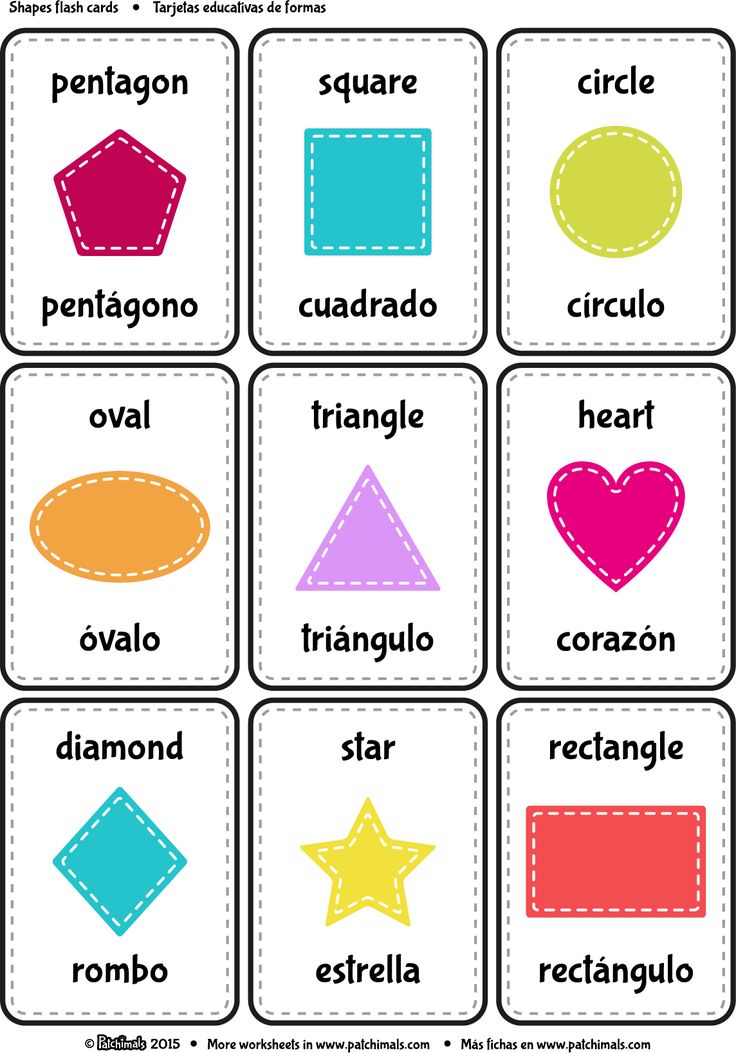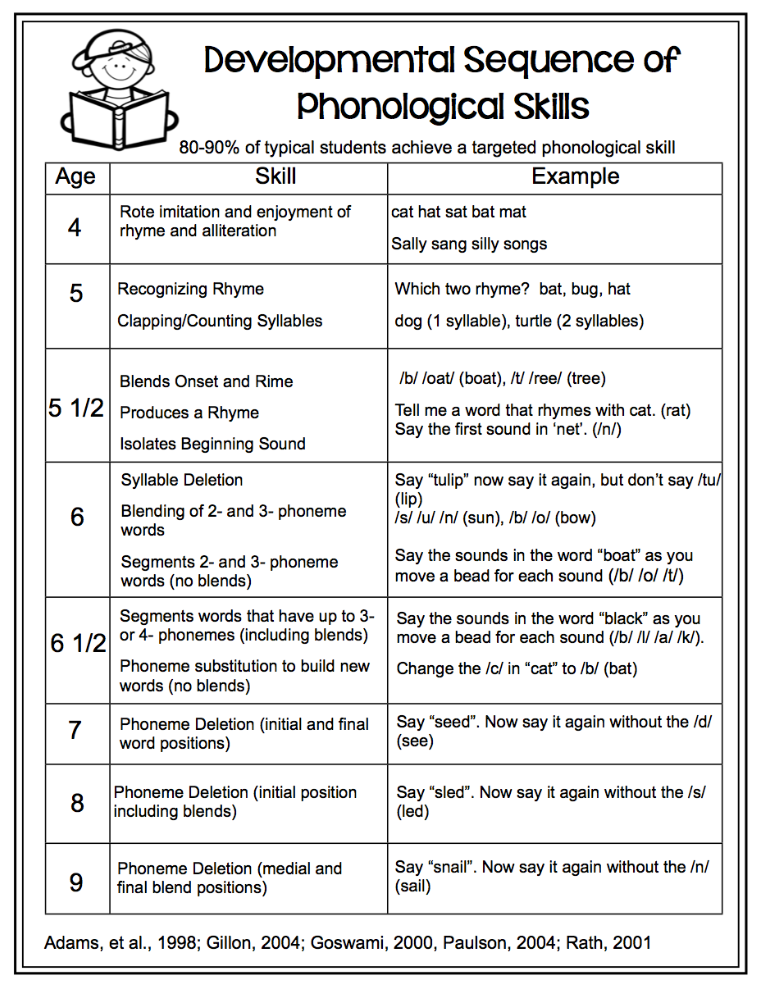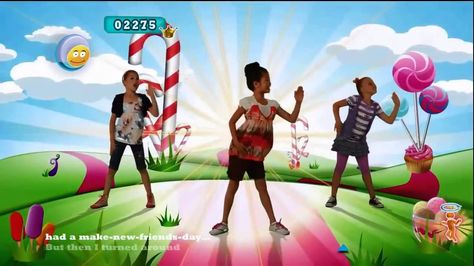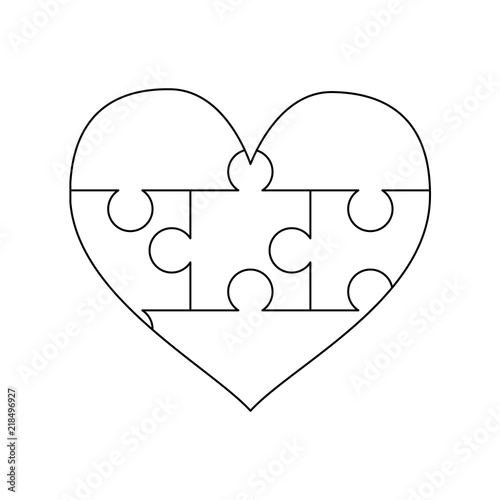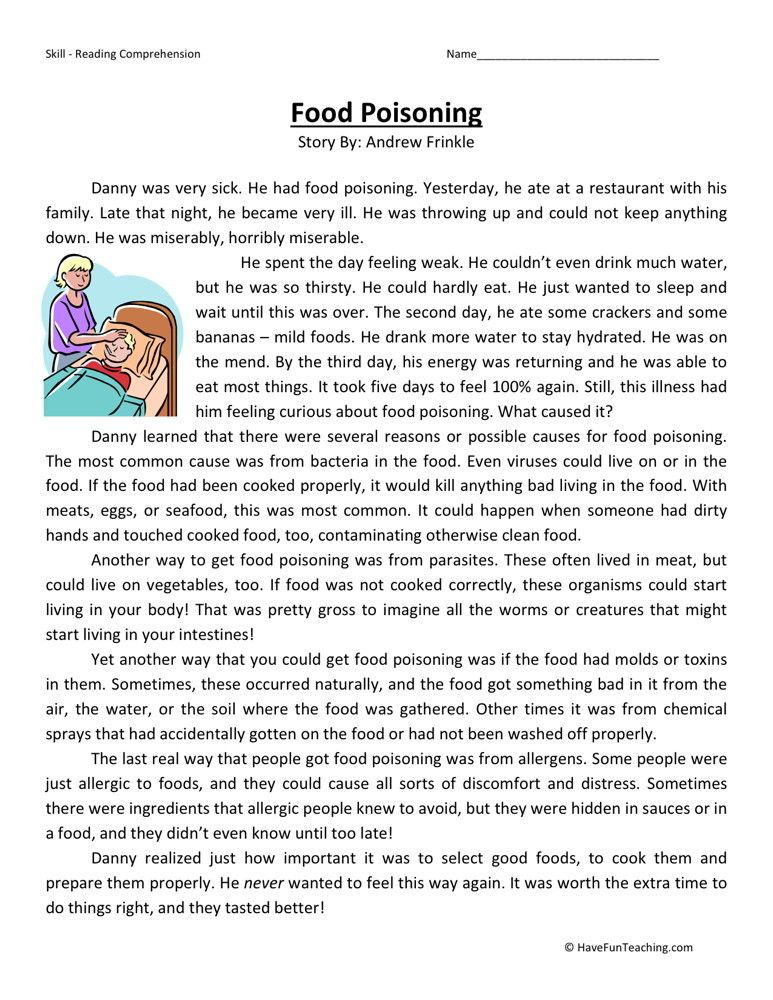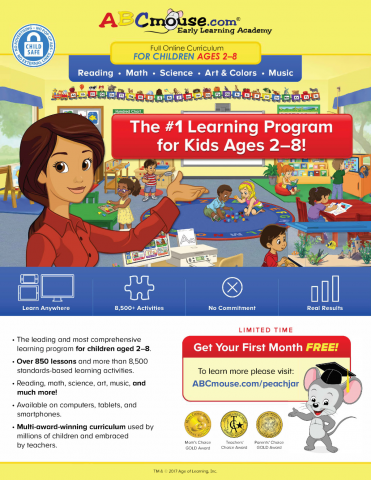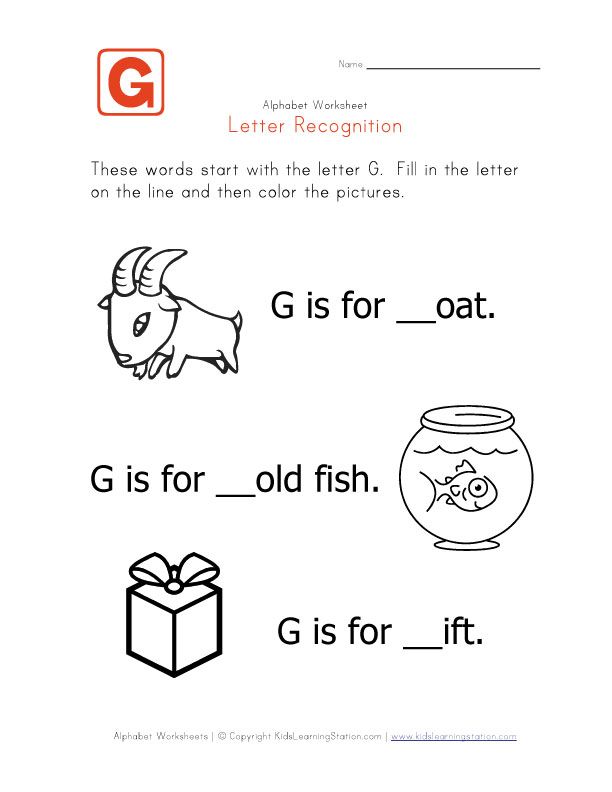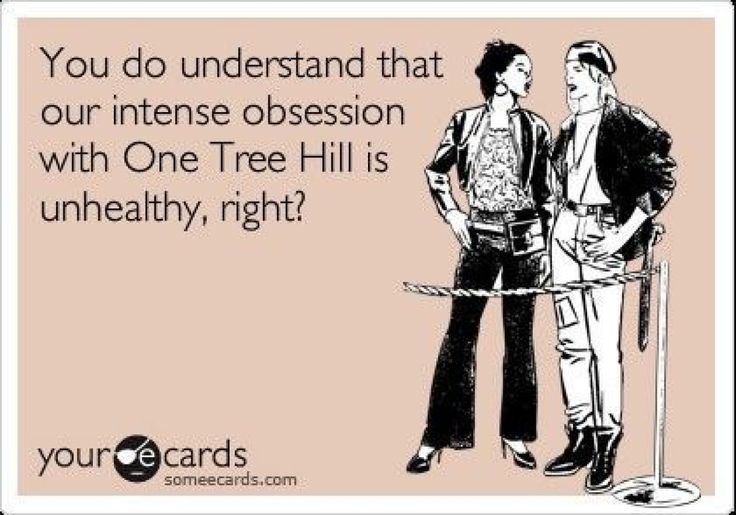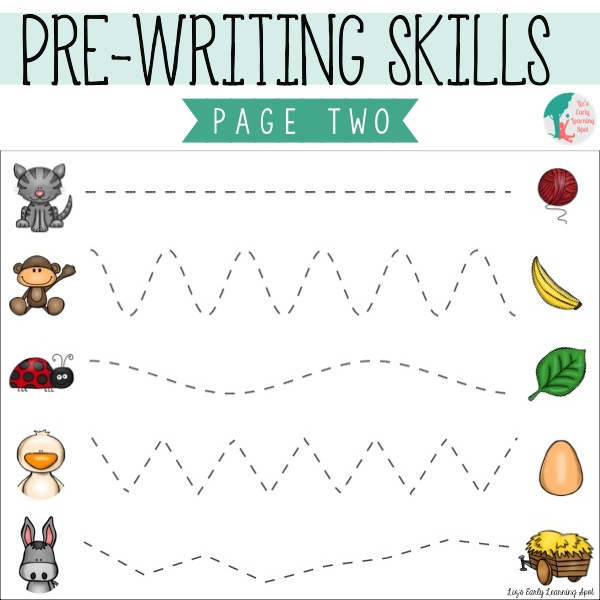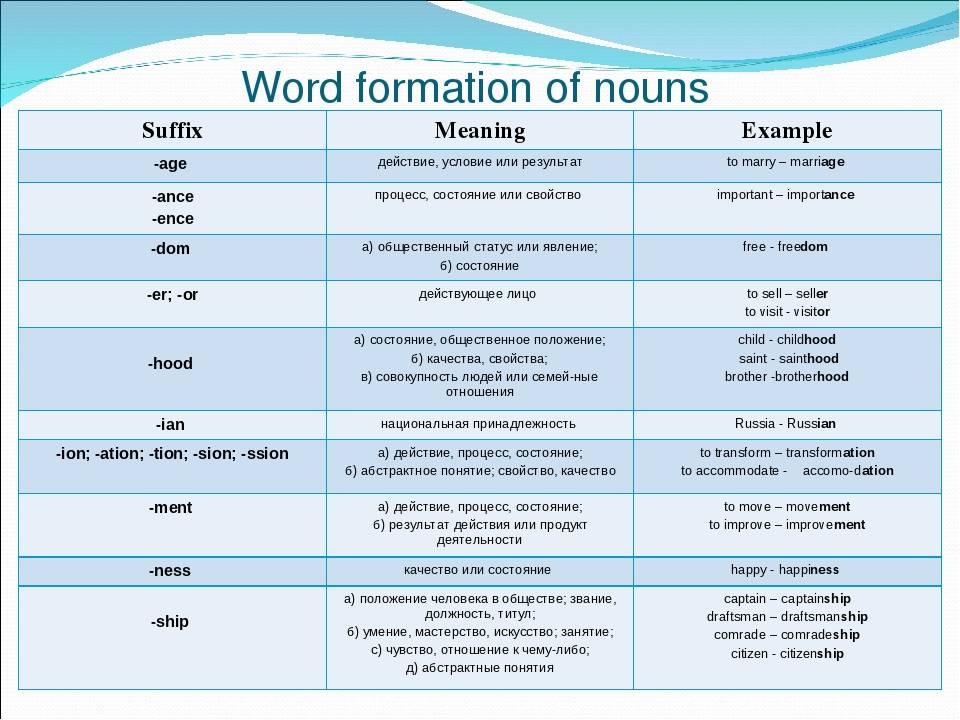Oval shape activities for preschoolers
|
8 Outstanding Oval Worksheets for Preschool
Learning shapes help children gain greater control over their hands’ tiny muscles, which enhances their hand-eye coordination. This serves as a precursor to learning reading and math, among other curricular areas.
This serves as a precursor to learning reading and math, among other curricular areas.
This collection of eight outstanding oval worksheets for preschool covers exercises on tracing, drawing, hunting, coloring, and so much more!
Photo credit: teacherspayteachers.comLearn More
Shape worksheets are ideal for preschool students who are learning all about the various shapes. Since an oval deviates from a circle just slightly, it may take kids some time to become accustomed to it. But don’t worry! All you will need is this worksheet, and you’ll have it covered.
This oval shape tracing worksheet is a no-prep activity, perfect for children to master their grip on the pencil. Provide each kid with a worksheet to work on.
As kids need time to master the shape, you might want to turn it into a dry-erase activity. Laminate the worksheet and hand kids dry-erase markers.
Do you have any songs about shapes you can play for youngsters while they trace? That would add extra fun, as there might be some youngsters who would find it monotonous to trace the oval shapes throughout the entire worksheet.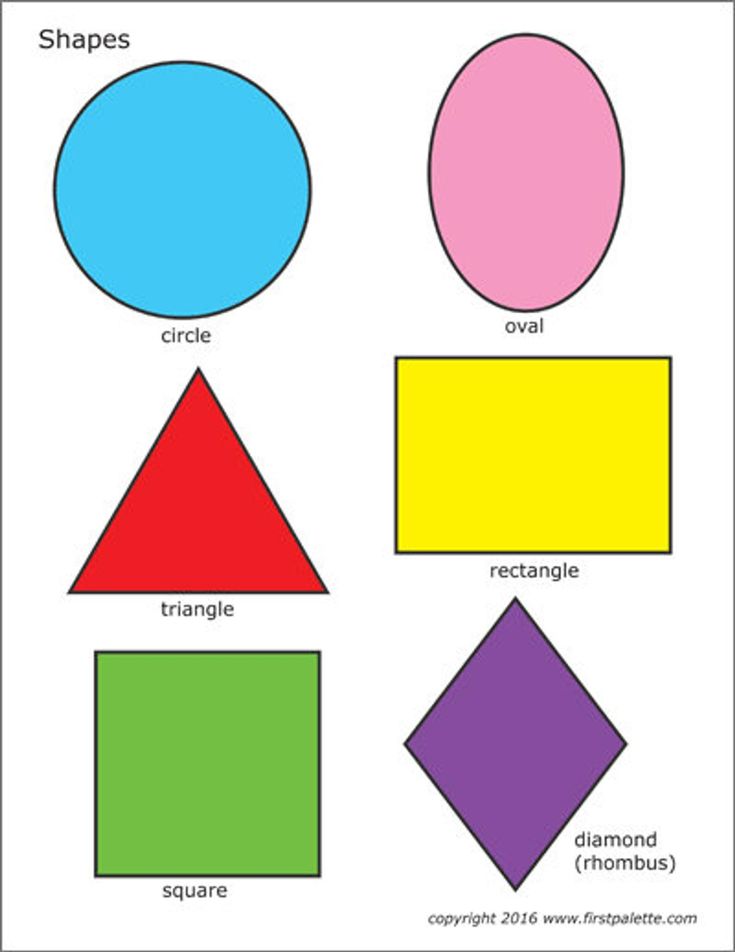
For more details about this set, visit TeachersPayTeachers.com.
Photo credit: teacherspayteachers.comLearn More
Children can practice tracing, drawing, identifying, and coloring oval shapes in these three-part worksheets.
Begin with a simple exercise by having your children start by tracing the oval shapes. Once they have gotten the hang of the simple shape, you can move on to a more challenging task by having them draw oval shapes in specific boxes. As they strive to draw the shape inside the box you have printed, it helps them solidify their fine motor skills even more.
After that, you can proceed to color. Provide kids with various colored crayons and ask them to find the oval shapes among the assortment of different shapes. After locating the oval shapes, kids will color them with their preferred colors.
The tasks in this worksheet are thoughtfully ordered in a progression from easy to difficult.
Get more ideas about these fun activities at TeachersPayTeachers.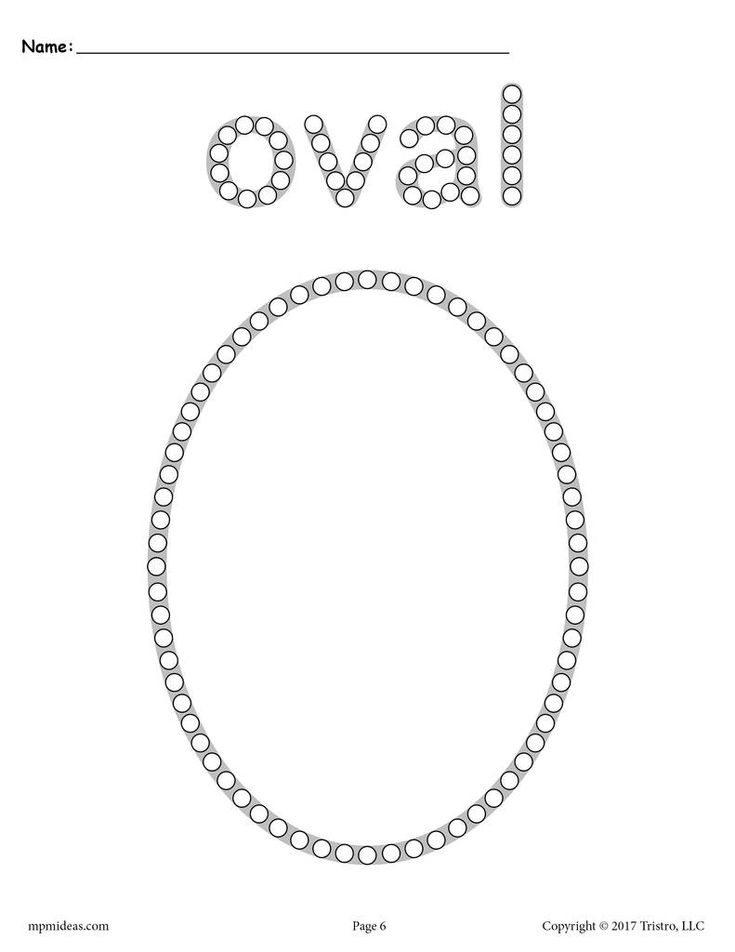 com.
com.
Learn More
Through this activity, your preschoolers will begin to identify objects and recognize their shapes. One item that kids frequently use at home is a Q-Tip. Learning to distinguish its shape is the beginning of their awareness of other objects around them.
The worksheet is very straightforward and an efficient way to improve the motor abilities of children.
Let the kids paint or color the Oval Q-Tip using whatever color and pattern they wish. You will be amazed to discover the next Picasso in the class. It is a great opportunity to help them develop their fine motor skills as they try to paint within the bounds of each tiny circle, forming the giant oval Q-Tip.
Perfect for preschool age children. Be sure to check out supplyme.com for more fun ideas similar to this worksheet.
Photo credit: superstarworksheets.comLearn More
What kid doesn’t like games and puzzles? I bet none. Pique your preschoolers’ love for challenges with this oval shape maze.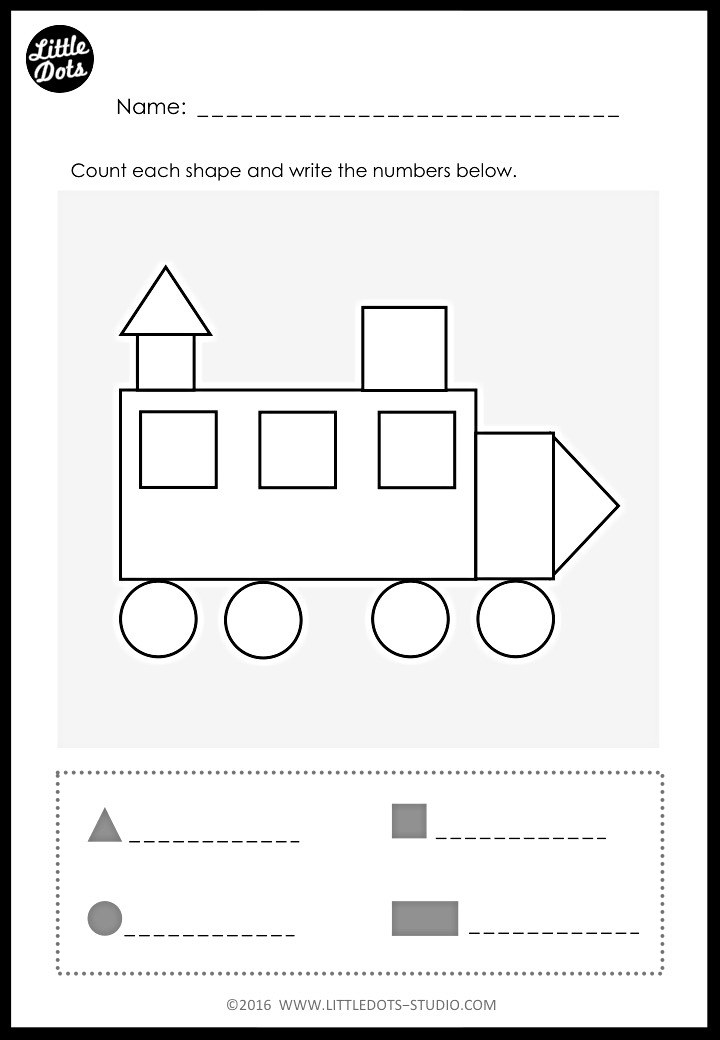 Leave it to them to trace their way out of the oval maze and find their way through.
Leave it to them to trace their way out of the oval maze and find their way through.
Hands-on activities like this one are perfect for kids who are learning to write. While kids learn to recognize shapes, they also strengthen their fine motor skills and, more importantly, their problem-solving skills. All these build a strong foundation for more complex tasks they will encounter ahead.
Children sharpen valuable skills while they tackle this delightfully designed oval shape puzzle.
Also perfect as a dry-erase activity, as kids might try one or more paths and exits before succeeding. So, you can have the worksheet laminated. Kids might also find solving the puzzle more interesting if you hand them colored dry-erase pens.
Get this worksheet for free at SuperstarWorksheets.com
Photo credit: onlineworksheetsforkids.comLearn More
What could be more entertaining than having children create animals out of oval shapes?
Each worksheet in this set contains two parts – the animal shape and the oval shapes to be cut out to form the animals.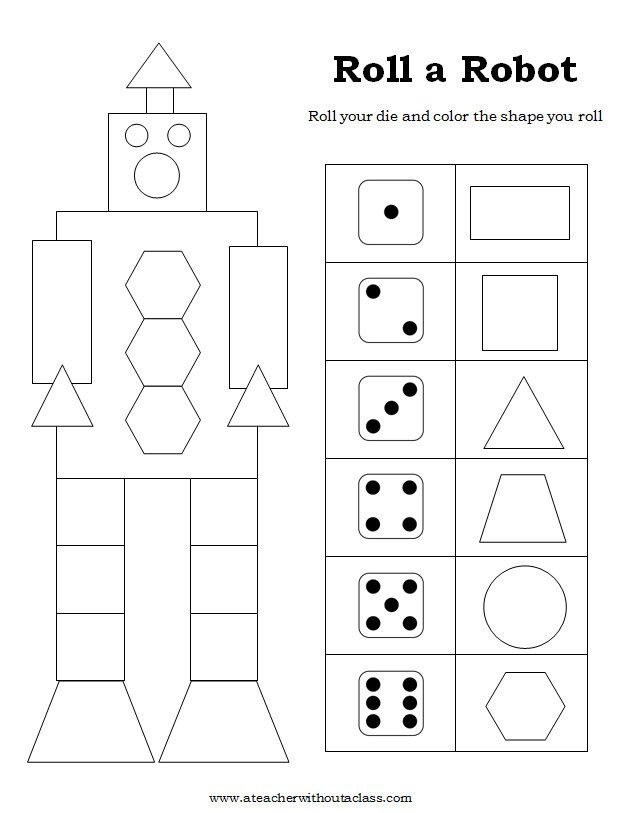 From owls to ladybugs, sunflowers, and more!
From owls to ladybugs, sunflowers, and more!
Kids can start the activity by cutting the oval shapes that are located at the bottom half of each worksheet. Some young kids might need your help on this. When this is done, it’s time to paste those cut-out shapes into the designated spots.
There are several ways to make this simple activity interesting to youngsters. You can allow kids to color those shapes, including the bodies of the animals, or you can print the worksheets on colored paper.
Kids’ one-to-one correspondence will be reinforced as they accurately paste the cut-out shapes to the one that is the exact same size.
Never miss these fun worksheets. Make sure to check out OnlineWorksheetsforKids.com.
Photo credit: teacherspayteachers.comLearn More
Let children enjoy using their little eyes to spot oval forms!
These 2D oval worksheets, with three parts, can be used by your kids to explore the characteristics of shapes. Begin by helping them fill in a table about the physical qualities of an oval (e.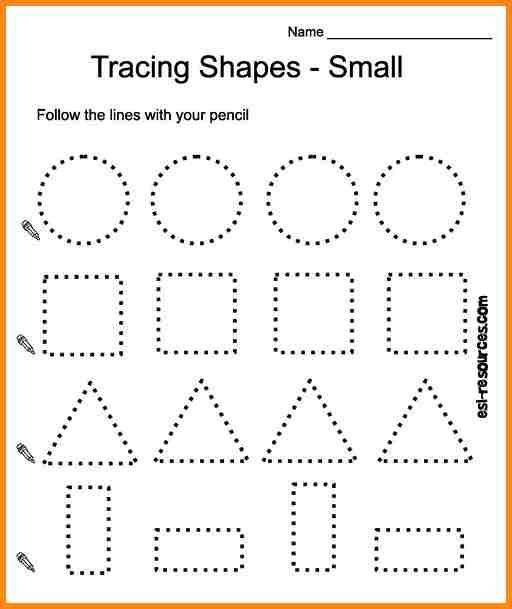 g. number of corners and sides). Then develop control of their fine motor skills through activities like tracing, drawing, searching, and more.
g. number of corners and sides). Then develop control of their fine motor skills through activities like tracing, drawing, searching, and more.
Preschoolers will have fun looking for oval-shaped things. Kids will be able to identify the forms of everyday objects thanks to this fun and educational activity. The round objects they see in this delightful worksheet can be colored with crayons, so give them some.
This is a great exercise for shape recognition and coloring!
These activities can readily develop into more difficult ones. Kids might be tasked with spotting oval things at home or in class. Then they can share their discoveries with their classmates.
To avail of a high-resolution worksheet, head on to TeachersPayTeachers.com.
Photo credit: teacherspayteachers.comLearn More
Another set of three fun worksheets from Play2Grow would add fun to kids’ learning as they distinguish and group similar shapes. And how about filling an entire jar with all things oval? That sounds like fun!
Print out the jar worksheet, then prepare an assortment of cut objects.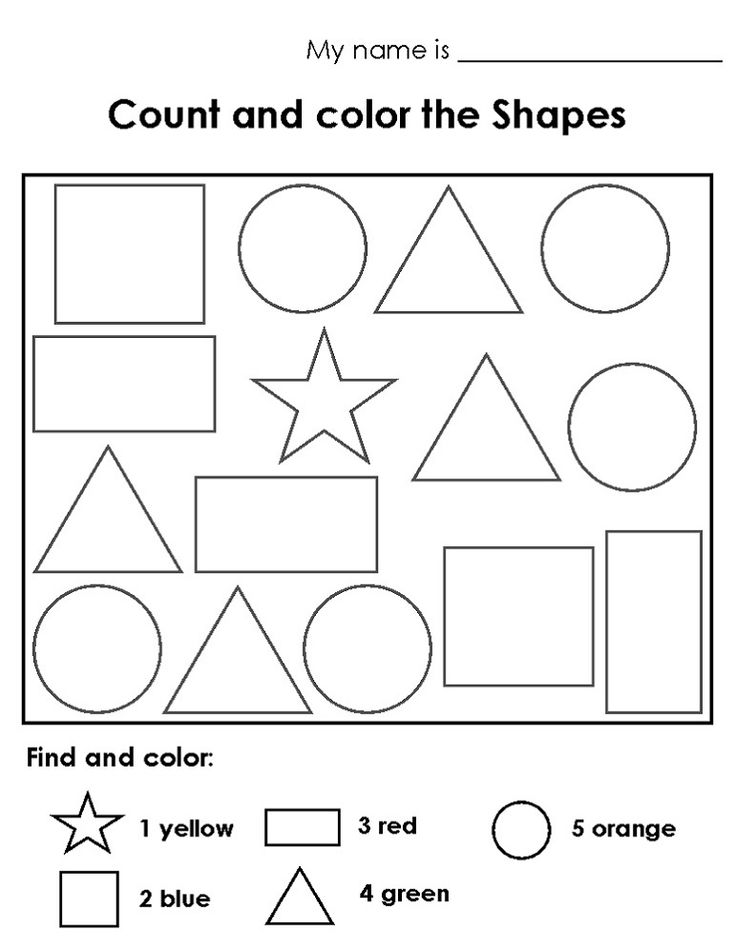 Make sure there are oval-shaped items mixed in. There could be eggs, lemons, rugby balls, and so on. Let the kids find the objects with the oval shape and ask them to paste the items inside the jar until it is full to the brim.
Make sure there are oval-shaped items mixed in. There could be eggs, lemons, rugby balls, and so on. Let the kids find the objects with the oval shape and ask them to paste the items inside the jar until it is full to the brim.
This can be an individual or whole class activity. You can create a giant jar to post on the board and attach velcro tape to the back of each cut-out object.
You might also want to reinforce this activity by bringing a real jar and asking kids to bring real oval objects they can put inside the jar.
Photo credit: teacherspayteachers.comLearn More
This is yet another pack of fun-filled oval-related learning activities, deliberately designed with your preschoolers in mind. They include practice on skills and concepts that students need to learn about ovals!
This pack, with 16 worksheets about ovals, is an awesome resource to help kids recognize and remember ovals. It is especially for kids who have trouble remembering certain shapes after their unit of study.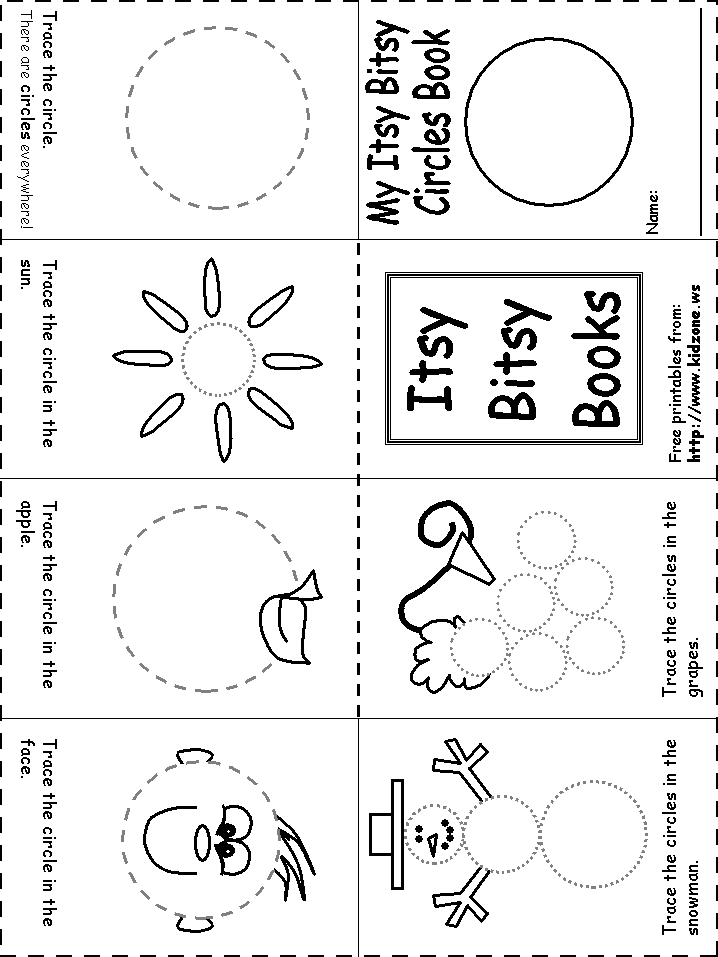
But who says learning has to be tedious?
You can make it fun for your kiddos! This set contains activities such as crafting an oval bracelet and forming an animal shape using ovals, plus 16 more well-illustrated worksheets. Just everything you need, both for in-class activities or independent practice.
Teachers like you would find this collection extremely useful. Since this bundle has the oval activities all compiled, there’s no need to dig through your collection of printables to use for class.
Don’t miss the chance to indulge your preschoolers in a fun exploration of shapes. Check out TeachersPayTeachers.com.
Use these worksheets to teach and practice the oval shape. You can also use songs, stories, and poems to make learning extra fun. That way, they learn much easier. Keep an eye on kids who find certain activities too challenging for them so you can give them the support they need. Meanwhile, join them in their meaningful discoveries and have fun!
For more kids worksheets, check these out:
Oval | Outline of a lesson in mathematics (senior group):
Technological map of organized educational activities (classes)
Group: senior
Topic: "Oval"
Purpose: to introduce children to an oval-shaped figure.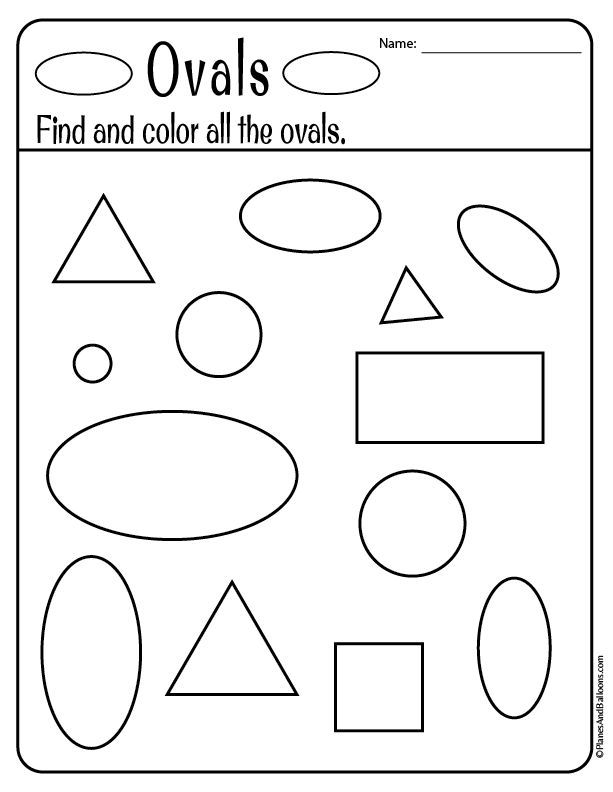
Tasks: O - to learn to distinguish between a circle and an oval shape (PR), P - to develop the ability to use the expression "oval shape" (RR), to consolidate the skills of counting objects (PR), to consolidate the ability to lay out objects in descending and ascending order of objects ( PR), using the words in speech: largest, smallest, more, less. C-to cultivate a benevolent attitude towards each other (TFR), a desire to help comrades (TFR).
Materials: flannelgraph, set of geometric shapes, "Bird" and "Bear" models, two-strip cards, envelopes with sets of figures: 3 ovals and 3 circles of different sizes (large, medium, small) and colors.
Preliminary work: d / and "Name the shape of the object", games with Gyenesh blocks.
Integration of educational areas: TFR, PR, RR, FR.
| Stage/ duration | Content of the joint activity | Methods, forms, techniques, possible activities | ||
| Teacher | Children Organizational moment. | Greeting game "Hands". | Greet each other, say good wishes for the day. | Communication game. |
| Motivational stage. | The teacher draws attention to the table, on which figures are mixed: squares, triangles, rectangles, circles and ovals. She says that in the morning she carefully laid out all the figures: squares to squares, circles to circles, etc. But the wind blew from the window, and all the figures were mixed up ... He asks the guys to help lay out all the figures. Reading the poem "Oval". | Examine the figures, lay them out, listen to the poem. | Didactic game, art word. | |
| Main part. | D / y "Circle and oval". | Examine the figures on the flannelgraph, answer questions, examine the circle and oval: roll them on the table, draw a conclusion. | Didactic exercise, questions, research activities, explanation. | |
| Dynamic pause. | Physical exercise "Warm-up" | Perform the exercise according to the text. | ||
| Practical part. | Invites the children to get the figures out of the envelopes, put all the ovals on the top strip of the card, and the rest of the figures on the bottom strip. “How many ovals are there? What color and size are they? Why did you put shapes of different colors and sizes on the top strip? (they are all ovals). Suggests to put the figures in a row in order: from largest to smallest. On the bottom strip, put circles in a row from smallest to largest. "How many circles are there? Name in order the size of circles, ovals. Construction from geometric shapes. Using the "Bird" and "Bear" model tables, assemble images using geometric shapes. | Lay out the figures on a strip, lay them out in ascending, descending order of size, name the size. Compose images of "Birds" and "Bears" from geometric shapes. | Didactic exercise, questions, construction. | |
| Final part. Reflection. | - What figure did you meet today? How is it similar to a circle, how is it different? | Answer questions. | Questions. | |
Food foil containers are suitable for cooking, storing, freezing and reheating food. Do not react with foods low in acid and salt. Forms can be put in the oven. Aluminum is a good conductor of heat, so it ensures uniform heating of food and improves the quality of its preparation. No risk of cracking, melting or charring. In such dishes it is convenient to bake pizza, bread, meat and fruit pies, vegetables and chicken. After the oven, the dish remains warm for a long time. Ideal if you are preparing snacks for a family picnic in nature or do not want to visit empty-handed.
Security. Material - 100% safe, does not contain toxic substances. The foil is made of aluminum alloy after hot and cold rolling. The material is disinfected by high-temperature annealing, so it can safely come into contact with food (with the exception of acidic ingredients).
The material is disinfected by high-temperature annealing, so it can safely come into contact with food (with the exception of acidic ingredients).
Heat-saving properties. Aluminum foil has a high thermal conductivity, and therefore reduces the amount of time and energy required to cook a dish. Heat-resistant material withstands temperature shock and operates in the range -20° to 250°.
Versatility. In foil, you can fry on the grill, bake in the oven or freeze food in the freezer. The material is resistant to deformation, does not break, does not melt.
Uniform heating. The heat is efficiently distributed over the entire area of the container, thanks to which the middle and edges of the dish are evenly baked and do not burn.
Health benefits. Vegetables, poultry, beef and pork are baked without sunflower oil, retain vitamins and are the most beneficial for your figure and overall health.
Do not fight.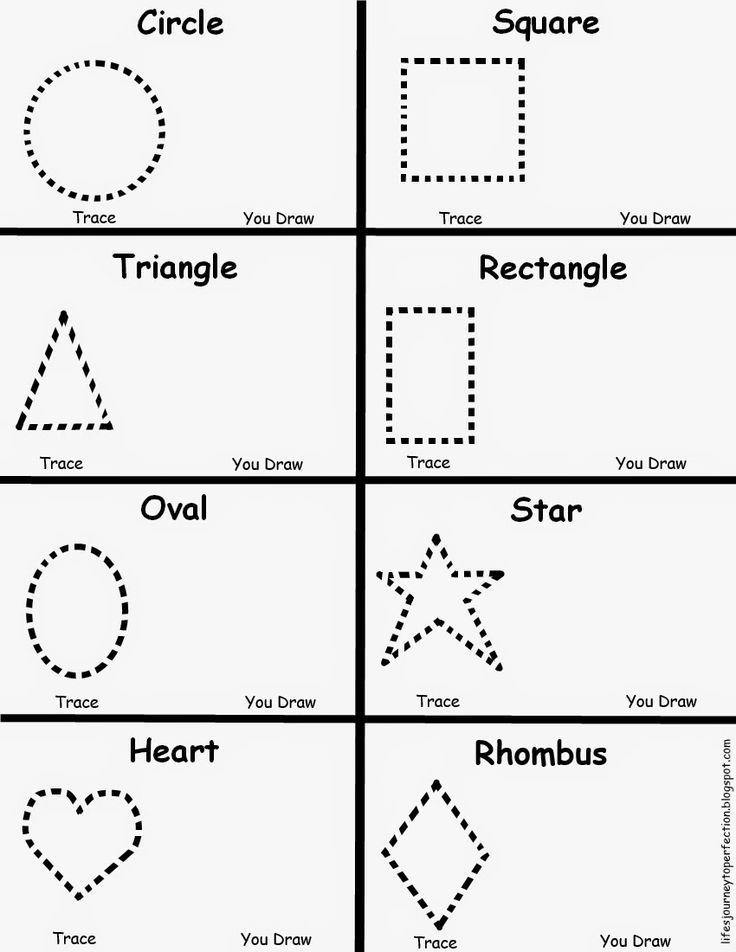 Unlike glass and ceramics, foil containers do not shatter when dropped. Very light, easy to transport in a car, carry in a bag, store in a box. On such containers there will never be chips, they will not crack under the influence of temperature shock. They hold their shape better than analogs made of silicone and paper.
Unlike glass and ceramics, foil containers do not shatter when dropped. Very light, easy to transport in a car, carry in a bag, store in a box. On such containers there will never be chips, they will not crack under the influence of temperature shock. They hold their shape better than analogs made of silicone and paper.
What kind of foil baking pans can you buy? In such containers, you can heat up food in a microwave oven.
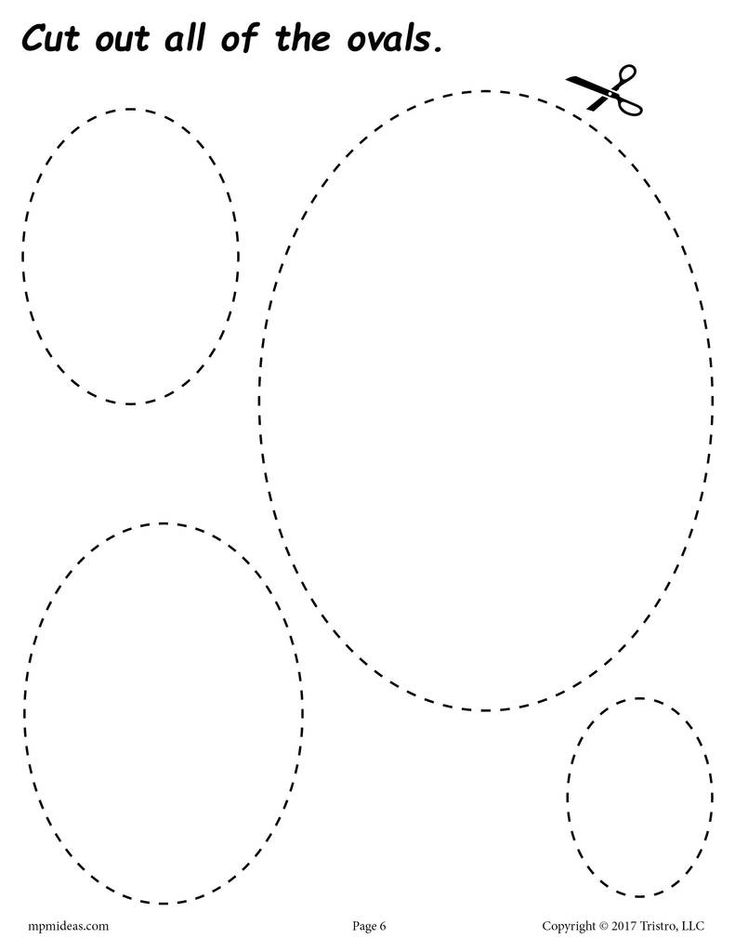
Baking dish, aluminum foil, 21.7x11.3x5.3cm, bottom 18.1x7.7cm, 865ml, L-edge, 99-01
21.37₽ /pc.
Baking dish, aluminum foil, d20.5cm, bottom d16.7cm, 1405ml, L-edge, 99-02
34.45₽ /pc.
Baking dish, aluminum foil, 32.2x25.5x5.1cm, bottom 27.2x21.2cm, 3180ml, L-edge, 99-03
65.32₽ /piece
How to properly use foil baking dishes
In aluminum foil containers, dishes are baked in the same way as in glass and ceramic dishes. The only thing to consider is that foil containers are thinner and smaller than classic oven dishes, and therefore the cooking time is reduced. It is also important to remember that aluminum foil is incompatible with acidic foods. When in contact with the material, they can get a metallic taste (except for containers with a special protective layer). Use a metal tray as a stand. It will not allow the form of food foil to bend and it will be easier for you to remove the dish from the oven without spilling juice or fat.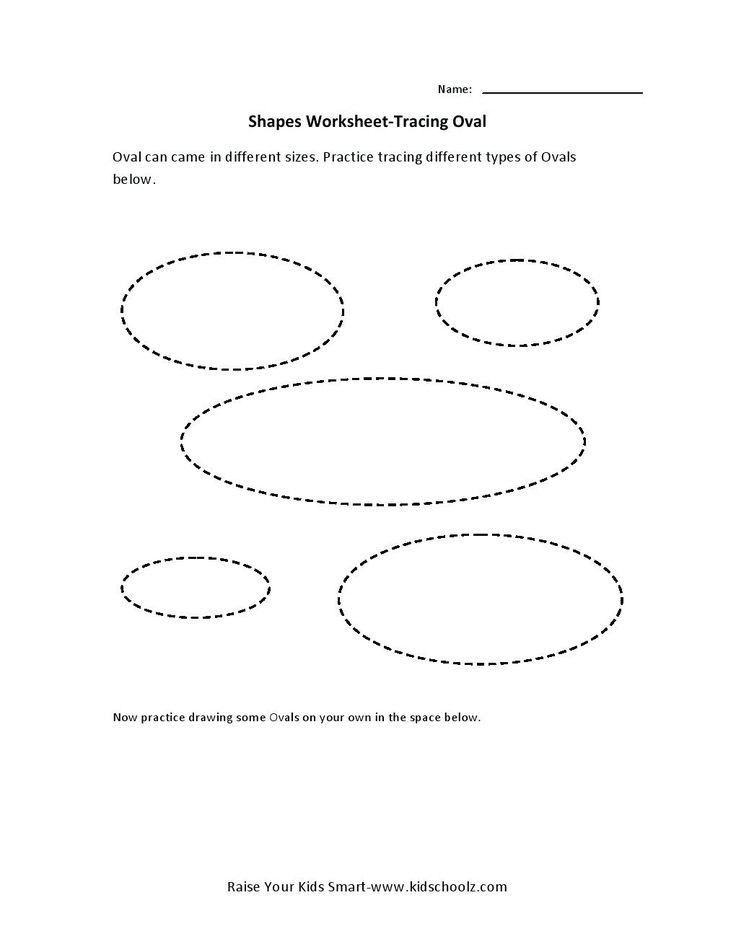
-
Before use, wash the product with a soft sponge and warm soapy water without using abrasive hard brushes. Before reuse, soak the dirty reusable form in warm water, and then dry it with a microfiber cloth.
-
Aluminum containers can not be lubricated. The main thing is to monitor the temperature. It should not exceed 200 degrees.
-
If you place an aluminum food container directly on the grate, the shiny bottom reflects much of the oven's heat like a mirror. Because of this, food takes longer to cook than usual. In addition, there is a risk that when removing the form from the oven, its contents will spill onto the floor. Use an aluminum pan to ensure food cooks well and evenly.
-
The right temperature matters. Fish delicacies are cooked at 145°, meat dishes - at 170°, turkey, duck, chicken - 160°.
-
To evenly bake meat products, cover the form with foil. Remove it 10 minutes before it's done so that the dish is covered with a beautiful blush.
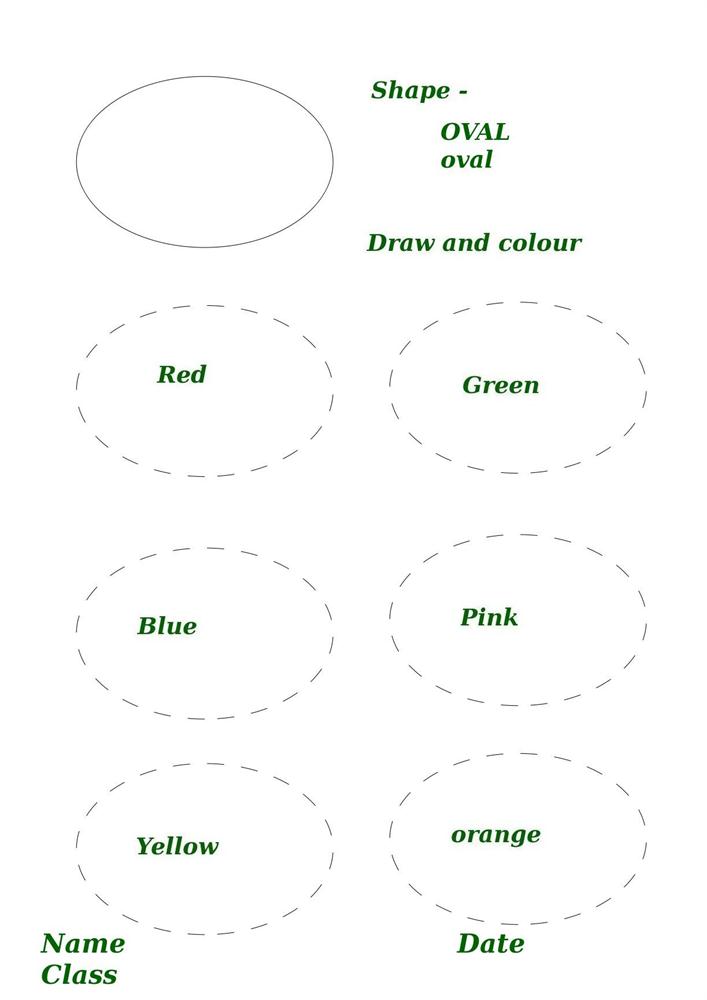 Also, the foil lid will not allow the top of the dish to burn, and greasy splashes to stain the walls of the oven.
Also, the foil lid will not allow the top of the dish to burn, and greasy splashes to stain the walls of the oven. -
Do not heat the empty mold in the oven as this will cause it to burn. Place the product with products in a preheated oven.
Do I need to grease the foil molds? This is not at all necessary. If you are worried that the ingredients of the dish will still stick to the dishes, add a little butter or olive oil.
How to bake a foil cake
Preheat oven to desired temperature. Lubricate the inside of the product with oil, paying special attention to the corners where there are the most wrinkles. Grease will make it easier to remove the cake from the mold. Dust the sides and bottom with flour. It should stick to the oil and completely cover the surface that the dough will come into contact with. Bake according to the recipe. 10 minutes before the set time, insert a toothpick into the center of the pie.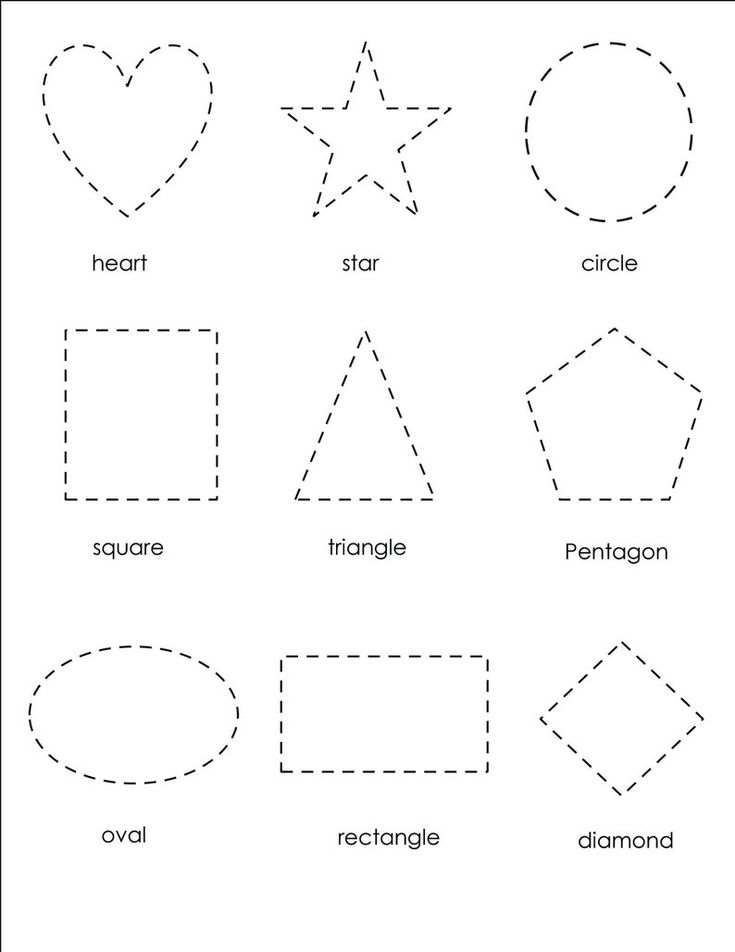 If there is no wet dough on it, turn off the oven and remove the dessert. Let it cool down to room temperature. Run a knife around the edges of the mold. Turn it upside down and take out the cake. If the pastry is stuck in the pan, cut the corners with kitchen scissors.
If there is no wet dough on it, turn off the oven and remove the dessert. Let it cool down to room temperature. Run a knife around the edges of the mold. Turn it upside down and take out the cake. If the pastry is stuck in the pan, cut the corners with kitchen scissors.
GRIFON Aluminum foil 29cm х 5m, 9µm, in film, 500-005
96.08₽ /pc.
GRIFON Aluminum foil 29cm x 10m, standard 9µm, in film, 500-010
146.73₽ /pc.
GRIFON Aluminum foil 29cm x 10m, extra strong 14µm, in film, 500-012
207.41₽ /pc.
Aluminum foil 29cm x 5m, 9µm, film
56.25₽ /pc.
Aluminum foil 29cm x 10m, 9µm, in foil
106.51₽ /pc.
Aluminum foil 29cm x 20m, 9 µm, in film, economy
161.82₽ /pc.
VETTA Aluminum foil 29cm х 10m, 9µm, in film
66.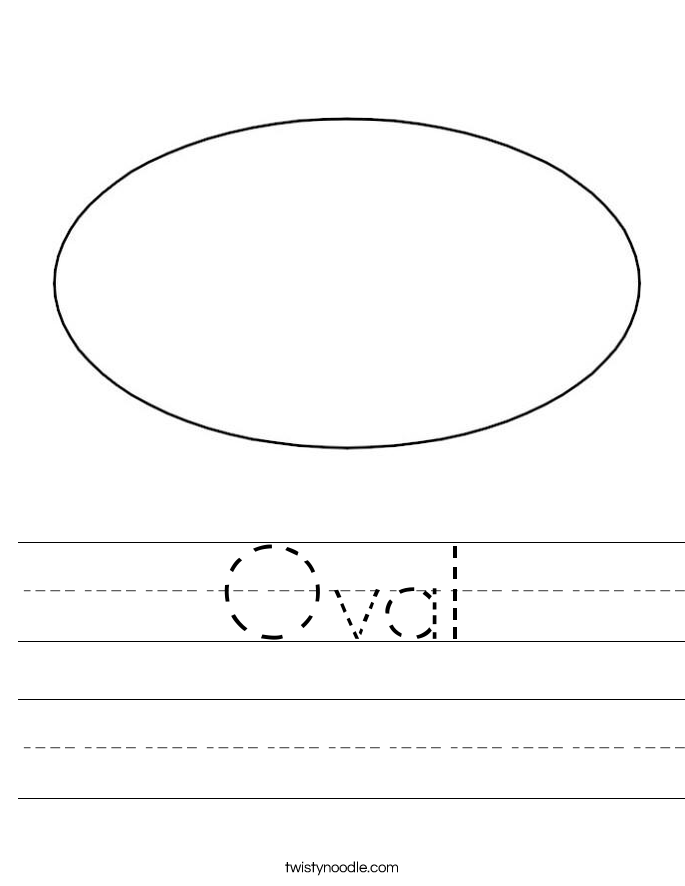 68₽ /pc.
68₽ /pc.
Can foil containers be microwaved? Yes! Dishes in foil containers are heated evenly and better than in ordinary dishes. The main thing is that the edges of the product do not touch the walls of the microwave oven. Make sure that the distance between them is at least 2 cm. To do this, place the product strictly in the center. Be sure to remove the lid from the container before heating. It is also forbidden to put empty foil dishes in the microwave.
Interesting:
• How a grill pan differs from a regular pan and what to cook on it
• What all sides of the vegetable grater are for
To sum up: why you should buy foil baking dishes
Our answer: Definitely yes! In foil containers, food is cooked better and faster, saving resources. The only thing you need is to adjust the baking time of the dish. Such dishes are more practical and lighter than ceramic and glass. It will not crack with a sharp change in temperature, it will not crack on impact.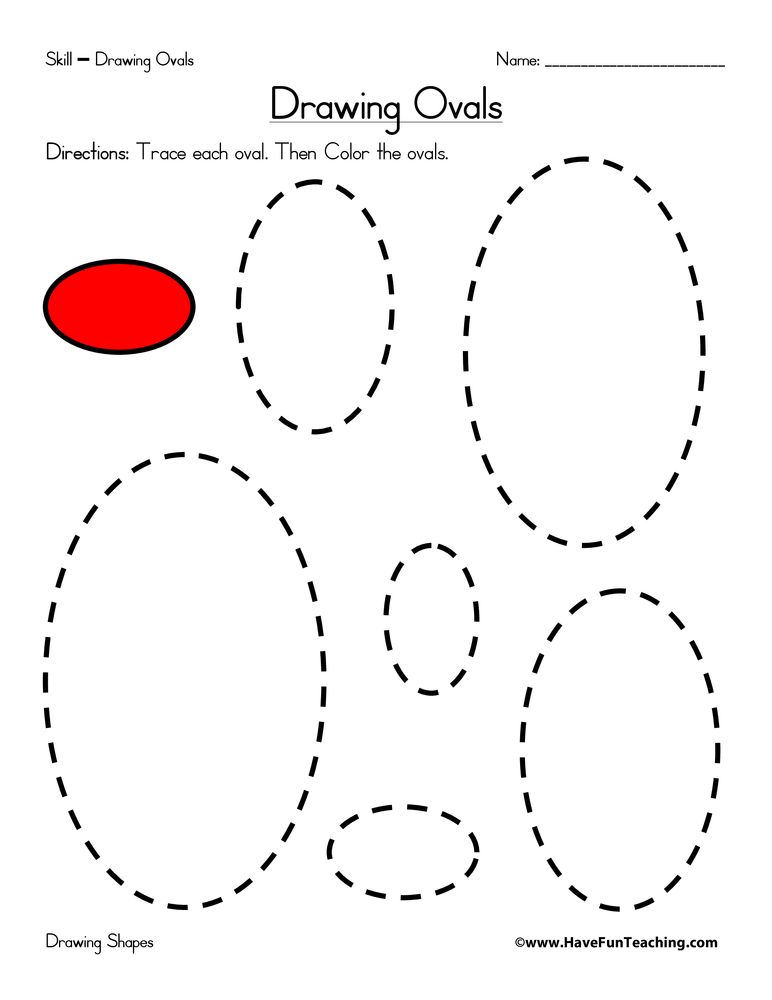

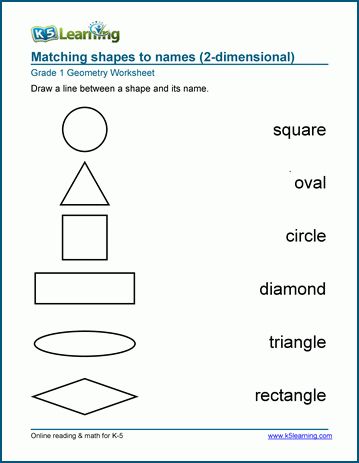 Pass several hard-cooked eggs around the circle and let your children feel the oval shape. Discuss how the shape looks straight on two long sides and curved on both ends. Retrieve the eggs but put them where children can see them. Display a circle and an oval side by side. Help your children describe the differences. Give each child a cardboard tube. Have them look at the end of the tube and discuss its shape. Show them how to hold the tube's end and gently squeeze. The circle, slightly squeezed, is now an oval. Turn over the tube and look at the other end still a circle, Have the children work in pairs. Let them examine the two ends of the tube and identify the shape of each end.
Pass several hard-cooked eggs around the circle and let your children feel the oval shape. Discuss how the shape looks straight on two long sides and curved on both ends. Retrieve the eggs but put them where children can see them. Display a circle and an oval side by side. Help your children describe the differences. Give each child a cardboard tube. Have them look at the end of the tube and discuss its shape. Show them how to hold the tube's end and gently squeeze. The circle, slightly squeezed, is now an oval. Turn over the tube and look at the other end still a circle, Have the children work in pairs. Let them examine the two ends of the tube and identify the shape of each end.
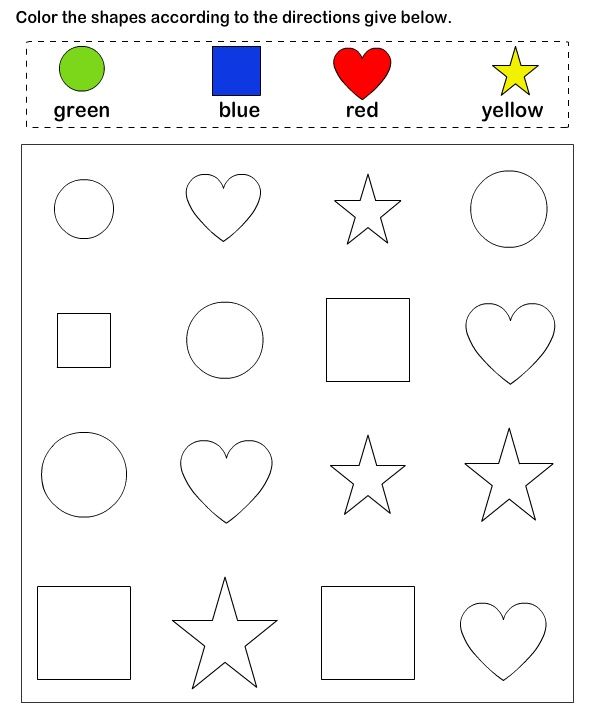 Act surprised when they correct you. Point to each shape in turn and ask, "Is this an oval" Remove the circles as the children tell you these are not ovals. Next, give each child an envelope
containing several paper ovals and circles. Have them sort them by shape into two piles. Show the children an oval basket and a round basket. Pass these around the circle and have them place their ovals in the oval basket and their circles in the round basket.
Act surprised when they correct you. Point to each shape in turn and ask, "Is this an oval" Remove the circles as the children tell you these are not ovals. Next, give each child an envelope
containing several paper ovals and circles. Have them sort them by shape into two piles. Show the children an oval basket and a round basket. Pass these around the circle and have them place their ovals in the oval basket and their circles in the round basket.
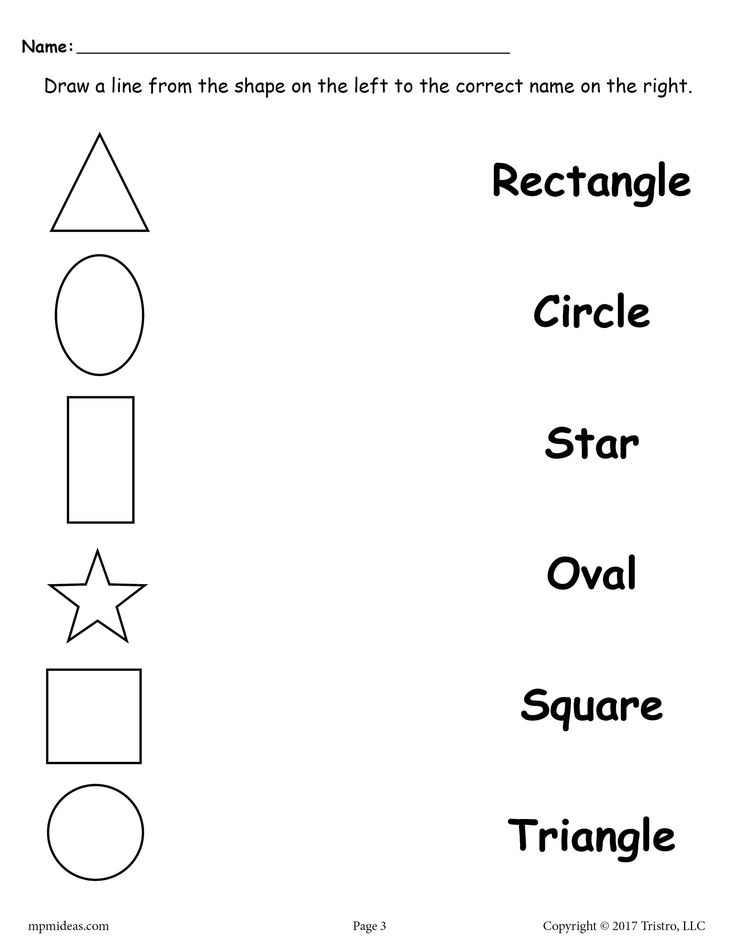 Then let your children decorate their Egg-Shaped Sandwiches with shredded carrots, banana slices, and raisins.
Then let your children decorate their Egg-Shaped Sandwiches with shredded carrots, banana slices, and raisins.
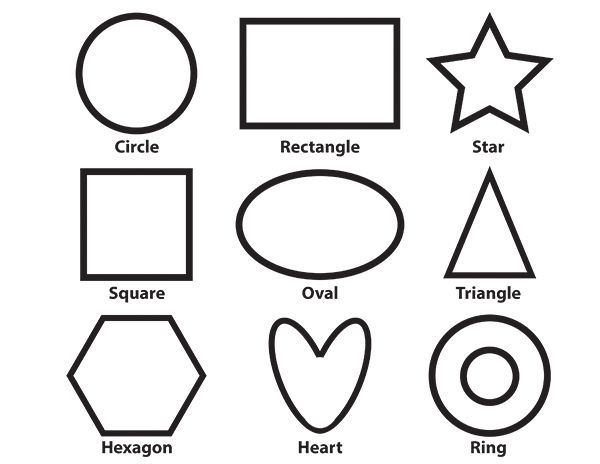
 On the flannelgraph there are 2 circles and 2 ovals of different colors and sizes. The teacher asks for circles. He asks if there are other figures? He says that these are oval-shaped figures. How are they like circles? Offers to roll a circle, and then an oval. What rolls better? The teacher puts a circle on the oval and draws the attention of the children to the fact that the oval shape is elongated.
On the flannelgraph there are 2 circles and 2 ovals of different colors and sizes. The teacher asks for circles. He asks if there are other figures? He says that these are oval-shaped figures. How are they like circles? Offers to roll a circle, and then an oval. What rolls better? The teacher puts a circle on the oval and draws the attention of the children to the fact that the oval shape is elongated. 